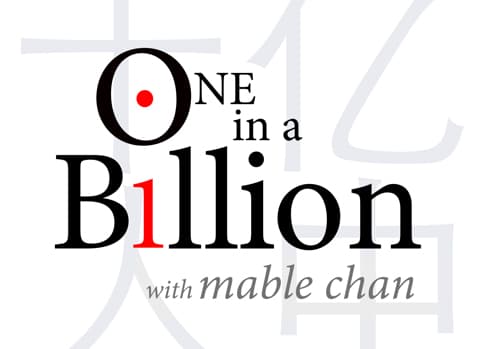What if I tell you that I’ve been faking it, making it and forging ahead?
What would you think of me?
Would you think I’m a fraud, a thief, unoriginal and unethical?
Or might you say – wait, it depends.
What is “it?” Where? Why?
I found myself asking all sorts of moral and ethical questions when I first saw the headline of an art review entitled “How the Fake Art Industry is Forging Ahead” in the Financial Times. The Financial Times is not exactly my usual cup of tea, but it is what my husband devours every morning over breakfast.
“Here, I’ve clipped this one for you. It’s interesting.”
“Oh…fake art?” I quipped.
“It’s about China. You should read it.”
He’s right that it is about China. But it is also about western capitalism, commodification of fake art, and an innovative experiment to explore what sells.
As I dived into the article, I realized that it is really about the roaring success of China’s fake art industry, and a London art gallery’s attempt to capitalize on it – artfully.
As Chinese artists are mass-producing copies of masterpieces by the million, the DulwichPicture Gallery plans to unveil a Chinese replica painting next week in a so-called “Made in China” project. The point of this project, as the gallery explains, is to test visitors’ taste, choice and judgment.
Can they “spot the copy?” How can they tell? How will a “copy” measure up to a “real” piece when they’re displayed side by side?
Fake art of course is nothing new. As the article points out –
“The history of copies goes back to antiquity, with Roman artists making moulds of Greek sculptures. In the 16th and 17th centuries, collectors would commission painters…to reproduce successful compositions, and replicas by independent copyists were also popular.”
But the essence of the gallery’s experiment with the “Made in China” project is fundamentally challenging our views about what is art, our values about authenticity.
What real value does the authentic masterpiece bring that the fake one can’t match?
I remember how important authenticity and creativity were to me even before I knew what those concepts meant.
I was 5 years old taking my first art class in Hong Kong, and I was looking forward to playing with the crayons and hand painting whatever came to mind. But after listening to a 45-minute lecture from my art teacher demonstrating what a “Sunny Day at the Beach” should look like, she repeated her instructions as the following.
“Here’s the sun at the top. Next to it are the clouds. Around the clouds are the birds. Now, copy it. You have 45 minutes to do it the exact same way as I have done it. Any questions?”
“That’s her idea of a sunny day at the beach, but not mine.” I remember mumbling to myself.
So I raised my hand despite my racing heart hinting that I should drop it.
“Ms. Wong…can I not draw the beach like that?”
She was stunned, stumped for a split-second then shot back – “Yes. But I will give you an“F.”
Her threat was clear and direct. My heart dropped like a ton of bricks.
Almost everyone in my class turned around and stared at me, I had no place to hide. For the next 45 minutes, I looked up and down the blackboard to make sure I was copying everything the exact same way she did it. I felt miserable, but I complied.
This was my first childhood attempt to deviate from the mold, to create from scratch, to question an art teacher (an authority figure) for the sole purpose of discovering and learning from what I could originate. That attempt led to my first brush with an “F.”
Of course, we all begin learning anything – especially an art form – from observing, copying, imitating. A template is helpful. Techniques are taught. But what I found most objectionable about my kindergarten teacher’s threat to flunk me was her contempt for independent thought, and creative expressions. It was an art class after all, but she treatedit as if it were science. How can a child learn art if the standard of judgment is based on conformity rather than creativity? What is the value of art if everyone keeps copying everyone else?
Obviously, art takes on an entirely different nature when it is taken out of the drawing room and displayed in a public marketplace. The artist is not the master any more, his/her artwork must be subject to the perception of a critical mass. I understand that. Art needs to speak to people or it risks indifference.
The media buzz over the current “China Project” exhibition at the Dulwich Picture Gallery may well draw a crowd. They may perceive the “fake” as beautiful and magical as the “real” one. But if you were an artist, wouldn’t you prefer your art to be judged based on your original creative ability rather than your copying capability?
Perhaps I was a purist. That’s why I raised my hands as a five year old innocently seeking a chance to produce my own art. But I was also a pragmatist, I caved in and copied my teacher’s work so I could pass the class. Now as an adult, I am still a purist and a pragmatist. But when it comes to art, I firmly believe authenticity trumps replica. Fake art may make it into a London gallery, but it is not fine art. Whether or not it can fool an unsuspecting or untrained eye, I certainly hope it doesn’t render the “old masters” obsolete.


